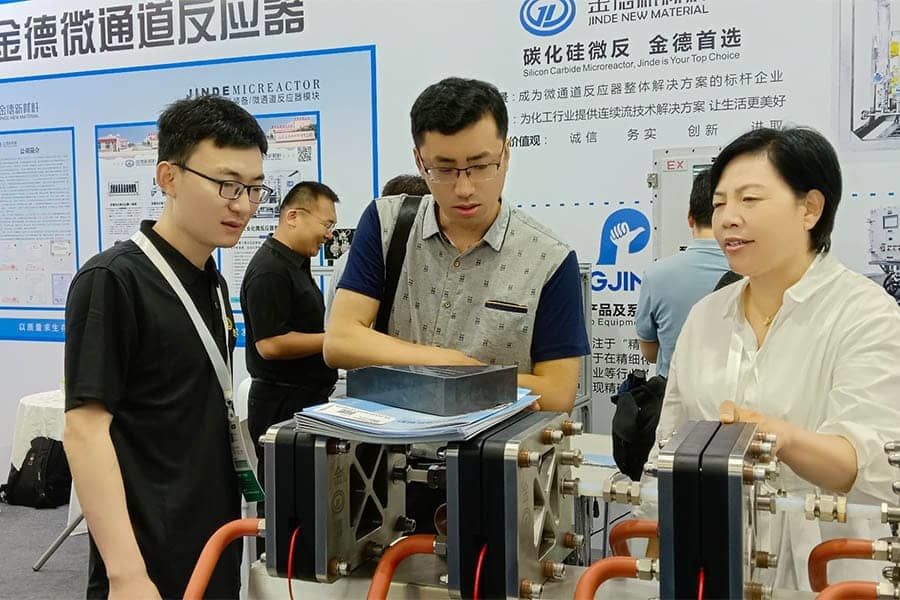Unlocking the Potential of Reaction Sintered Silicon Carbide Products
2025-07-18
Introduction: The Unsung Hero of Materials
Ever found yourself caught in the whirlwind of material science jargon? You’re not alone! Today, let’s dive into the fascinating world of reaction sintered silicon carbide products, which are stealthily revolutionizing industries, from aerospace to automotive.
What is Reaction Sintered Silicon Carbide?
Alright, picture this: you have silicon carbide (SiC), a hard and durable compound, which is then transformed by a process known as reaction sintering. This process enhances the material’s toughness and thermal stability, making it a go-to choice for high-performance applications. Sounds fancy, right? But it’s not just about the science; it’s about how these products can change the game in various sectors.
Why Choose Reaction Sintered Silicon Carbide Products?
So, why should you care about these products? Well, here’s the scoop:
- Durability: These materials are tough as nails! They can withstand extreme temperatures and corrosive environments.
- Lightweight: Unlike metals, silicon carbide products are lighter, which can lead to significant fuel savings in transportation.
- Versatility: From cutting tools to semiconductor devices, the applications are endless!
Applications that Make Waves
Now, let’s get into the nitty-gritty. Where exactly are thesereaction sintered silicon carbide products making their mark?
1. Aerospace and Defense
In the aerospace sector, performance is key. Here,reaction sintered silicon carbide products are used in turbine engines and various structural components. They can handle the heat and pressure of flight, making them indispensable.
2. Automotive Industry
With the push for electric vehicles (EVs), manufacturers are looking for materials that can enhance efficiency. Reaction sintered silicon carbide products fit the bill, offering lightweight and high-strength components for batteries and braking systems.
3. Electronics
Silicon carbide is a darling in the electronics world. It’s essential for high-voltage and high-temperature applications, making it a favorite for power devices and RF (radio frequency) components.
The Manufacturing Process: A Peek Behind the Curtain
Now, let’s not gloss over the manufacturing process. During reaction sintering, silicon is combined with carbon at high temperatures, leading to a remarkable transformation. The end result? A product that boasts superior mechanical properties and thermal conductivity.
Challenges and Considerations
Of course, it’s not all sunshine and rainbows. The production ofreaction sintered silicon carbide products can be resource-intensive, leading to higher costs. Moreover, achieving uniform quality can be a challenge. But hey, every silver lining has its cloud!
Looking Ahead: The Future of Silicon Carbide
The future is bright forreaction sintered silicon carbide products. As industries continue to pursue sustainability and efficiency, the demand for high-performing materials like SiC is on the rise. If you’re in the market for innovative solutions, keep your eyes peeled for advancements in this field!
Conclusion: A Material to Watch
In conclusion,reaction sintered silicon carbide products are not just a passing trend; they represent a shift towards more efficient, durable, and versatile materials in various industries. So, whether you’re a manufacturer, engineer, or simply a curious reader, it’s time to acknowledge these unsung heroes of material science!
Latest developments
Welcome your message consultation




